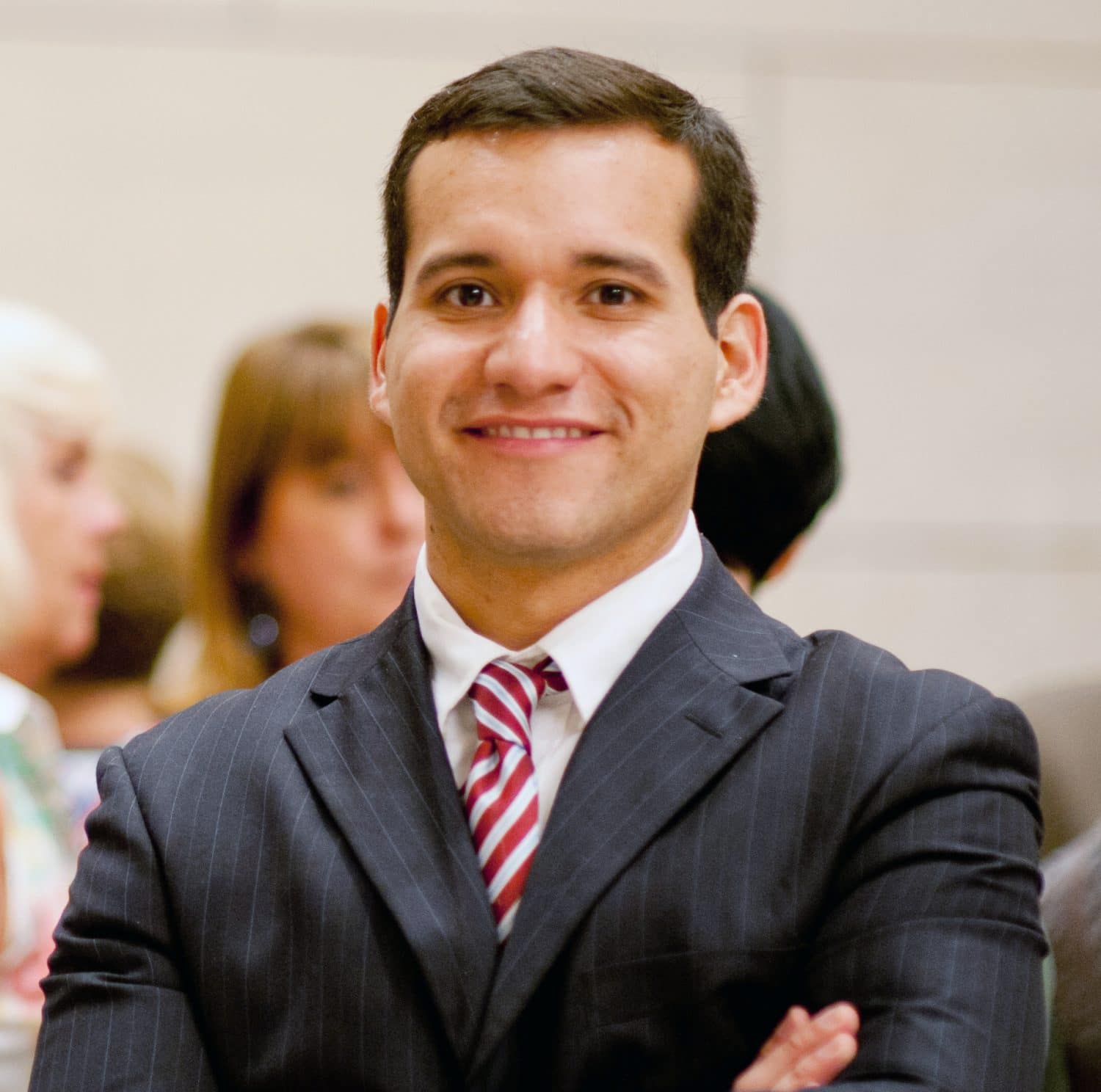My perspective on violence in schools
Last March 27, a 13-year-old student stabbed his 71-year-old teacher to death and left five more injured in a state school in São Paulo. As teachers, we cannot help being appalled by events involving attacks against both teachers and students in Brazilian schools. While I do not intend to delve into this event in particular, I do believe that, as teachers, we need to reflect on our role in bringing knowledge and in helping our students construct their own knowledge about fatal attacks committed by kids as young as thirteen years old.
In a desperate attempt to find answers to such senseless and cowardly acts of violence, we may risk overlooking the complexity of the factors which culminate in violent behaviors. We may even find ourselves looking for a single answer, or perhaps a culprit in the hopes of understanding such acts. We may also find some comfort in the fact that by tackling this or that problem, our society might put an end to school killings once and for all. Unfortunately, there is not a single answer or a single cause. Many factors come into play and anyone who tries to fully understand what is in the mind of a teenage murderer will become bewildered by its complexity.
Some time ago, I came across an article on gun-related violence in the USA. Among the many probable causes of school massacres, bullying, non-compliance and side effects of psychiatric drugs* are mentioned as the leading causes of violent behavior against faculty members and students. However, despite what statistics tell us, I might say that we will never know the whole story.
And we must accept the fact that even when assailants are caught alive, we will hardly have access to all the court documents, such as the contents of the hearings, the evidence, or the full statements of the witnesses. We risk building our knowledge of these events based on whatever information media sources moderate and publish.
So, rather than construct knowledge based on finger-pointing and blaming, we can and should construct knowledge based on emotional intelligence. By emotional intelligence, I mean that, among other skills, we should help our students describe their feelings, accept responsibilities for their mistakes, and most of all, manage their emotions in challenging situations. It is crucial that we teach empathy, and thus educate our students on bullying prevention. We should help our students navigate adolescence and to cope with the conflicts that many of them may be faced with.
But by no means should we be left alone when dealing with our students’ mental health. Students come to school with a host of emotional needs, so the school should provide us continued education and immediate support if we identify behaviors we find difficult to deal with.

Antique wooden windows open to autumn wilderness at sunrise in national park


